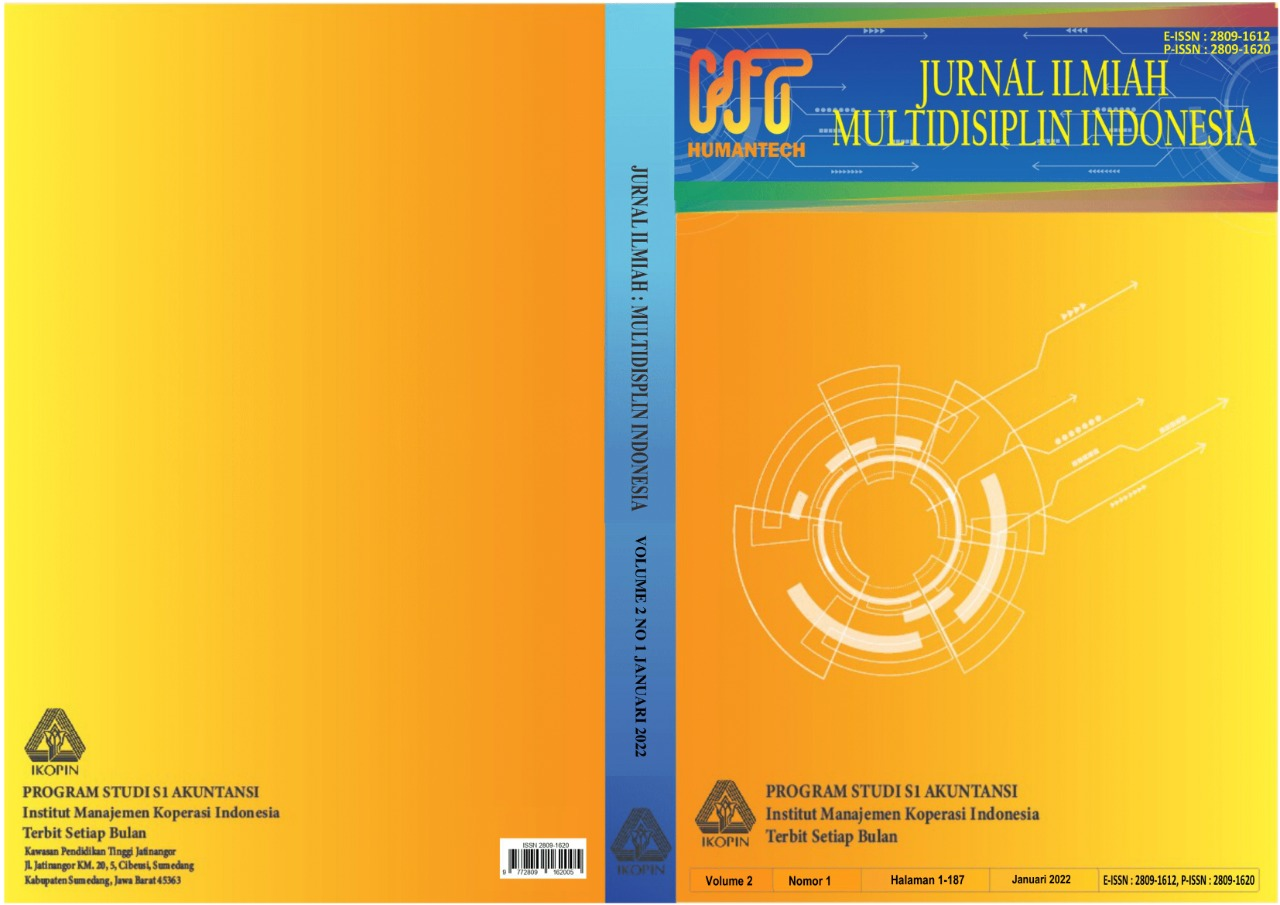PEMBUATAN KERTAS DARI LIMBAH KULIT MATOA DAN AMPAS TEH DENGAN PERBEDAAN KONSENTRASI NaOH
Main Article Content
Abstract
The development of science and technology in the current era of globalization
causes the need for paper to continue to increase every year. The main raw
material for making paper is cellulose, which is derived from wood. It is
estimated that 70% of the raw material needed for pulp and paper production
comes from natural forests. The increasing demand for pulp and paper
production capacity means more and more illegal logging of trees through
illegal practices by exploiting natural forests so that it can cause damage. This
has a negative impact on the sustainability of forest resources and threatens the
living things in it. In order to reduce these negative impacts, alternative raw
materials are needed in paper making. Renewable raw materials that can
replace the role of wood in paper making are matoa skin waste and tea dregs.
Matoa fruit peel has potential as a substitute for paper making because it has a high cellulose content of about 50%, while the cellulose content in tea pulp is
around 37%. This study consisted of 3 treatments, namely P1 (50 grams of
matoa skin + 50 grams of tea dregs + NaOH 2.5%), P2 (50 grams of matoa
skin + 50 grams of tea pulp + NaOH 3.0%), P3 (50 grams of peels matoa + 50
grams of tea dregs + NaOH 3.5%). This study consisted of 5 test parameters,
namely, water content, cellulose content, lignin content, tensile strength, and
tearing power.
Article Details
References
Asngad, A., & Syalala, Y. (2018). Kekuatan tarik dan kekuatan sobek kertas dari alangalang melalui proses organosolv dengan pelarut etanol dan lama pemasakan yang
berbeda.
Bajpai, S. K., & Jain, A. (2010). Removal of copper (II) from aqueous solution using
spent tea leaves (STL) as a potential sorbent. Water Sa, 36(3), 221–228.
Fatriasari, W., & Hermiati, E. (2008). Analisis morfologi serat dan sifat fisis-kimia pada
enam jenis bambu sebagai bahan baku pulp dan kertas. Jurnal Ilmu Dan Teknologi
Hasil Hutan, 1(2), 67–72.
Greschik, T., Basta, J., Zhang, C., Zhan, H., & Jiang, S. (2008). Environmental aspects
of wheat straw bleaching. 2 Nd International Papermaking and Environment
Conference.
Jepri, H. C. (2016). Mutu kertas dari pulp batang kelapa sawit the paper quality of stem
palm pulp. Riau University.
Karesi, M. J., & Fuadi, A. M. (2020). Pembuatan kertas dari limbah padat produksi tepung
aren dengan proses soda. Proceeding of The URECOL, 159–164.
Kurniawan, H., Garchia, C. H., & Ayucitra, A. (2017). Pemanfaatan kulit buah matoa
sebagai kertas serat campuran melalui proses pretreatment dengan bantuan
gelombang mikro dan ultrasonik. Widya Teknik, 16(1), 1–10.
Mulyawan, H., Trisnantoro, L., & Zaenab, S. N. (2012). Evaluasi pelaksanaan kebijakan
bantuan operasional kesehatan di dinas kesehatan (Studi kasus di dinas kesehatan
kabupaten bantul dan dinas kesehatan Kabupaten Lebong tahun 2011). Jurnal
Kebijakan Kesehatan Indonesia: JKKI, 1(3), 144–153.
Putri, A. H., Hasibuan, N. H., & Hawari, F. Y. (2019). Kajian industri pulp dan kertas di
Indonesia.
Shere B. Noris. (1959). Making Pulp From Hycanth : Chemical Process. Open
University.
Sinaga, E. M., Supartiningsih, S., Sitorus, E., & Sriadiprastio, S. (2019). Pembuatan
kertas ramah lingkungan kombinasi limbah ampas tahu dan limbah kulit pisang
kepok dengan metode pemisahan alkalisasi. Jurnal Farmanesia, 6(2), 24–35.
Sugiyono. (2017). Penelitian Kuantitatif Kualitatif dan R&D. Alfabeta.
Sukamto, A. (2021). Potensi pengembangan industri pengolahan dari izin pemanfaatan
hasil hutan kayu hutan tanaman (IUPHHK-HT) di Provinsi Kalimantan Barat.
Journal of Forest Science Avicennia, 3(1).
Thaib, C. M., Gultom, E., & Aritonang, B. (2020). Pembuatan kertas dari limbah kulit
durian dan ampas tebu dengan perbedaan konsentrasi NaOH. Jurnal Kimia Saintek
Dan Pendidikan, 4(1), 1–11.
Utami, R. (2016). Karakterisasi pengemas kertas aktif dengan penambahan oleoresin
dari ampas pengepresan rimpang temulawak (Curcuma xanthorrhiza Roxb).

